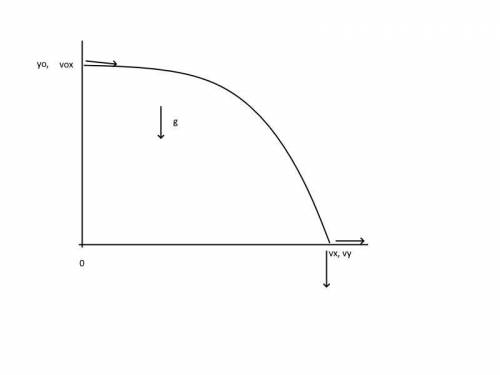
Physics, 29.01.2021 17:20 conyabrew82
Scenario
You have recently joined the team at A&L, an engineering firm with a broad portfolio. A&L has recently been hired to help plan a supply drop following a natural disaster. Due to conditions on the ground, the supply drop will be done from the air. Your supervisor has asked you to use that information, as well as your knowledge of kinematics, to create a supply drop plan detailing how far the payload should be from the drop site when it is delivered. Additionally, due to adverse conditions in the area, your supervisor has asked you to prepare for two contingencies.
Directions
The plane carrying the supplies will be cruising at a constant velocity of 250 miles per hour relative to the ground and at a height of 2,650 meters above the target site. Using this information, create a supply drop plan including all required information and calculations outlined below. As you are completing your supply drop plan, remember that correct SI units are a required component of your calculations and descriptions.
Construct a diagram that describes the horizontal and vertical motion of the payload. Your diagram should visually represent the initial velocity and height of the payload as it approaches the drop site. To create the diagrams, you may use drawing tools, or you may photograph or screenshot a drawing of your own. This diagram should include the following elements:
The initial velocity of the payload
The initial height of the payload
Horizontal distance to the drop site
Using your understanding of kinematic equations and the given variables in the scenario, calculate the horizontal and vertical motion of the payload to ensure it arrives at the drop site. In your calculations, account for both the horizontal and vertical motion of the payload. Your calculations should address the following:
Initial velocity of the payload when launched
The velocity of the payload when it hits the ground
Following your calculations, describe the equations used in calculating the vertical and horizontal motion of an object. In your descriptions, address the following:
What is the relationship between vertical and horizontal motion in kinematics equations?
How did you analyze the vertical motion of the payload in your solution?
How did you analyze the horizontal motion of the payload in your solution?
What other kinematics principles did you consider in analyzing the motion of the payload?

Answers: 3


Another question on Physics

Physics, 22.06.2019 04:40
Argon is adiabatically compressed from an initial volume of 16 liters to a final volume of 2 liters. by what factor do the following quantities change? do they increase or decrease? (a) the rms speed (b) the thermal energy of the gas (c) the molar specific heat cv (d) the pressure
Answers: 3

Physics, 22.06.2019 04:40
Steam enters an adiabatic diffuser at 150 kpa and 1208c with a velocity of 550 m/s. determine the minimum velocity that the steam can have at the outlet when the outlet pressure is 300 kpa.
Answers: 3

Physics, 22.06.2019 16:30
Humidity is to blame for that muggy, steamy feeling you experience on some hot summer days. what gas in the atmosphere causes humidity? a) oxygen b) hydrogen c) nitrogen d) water vapor
Answers: 1

Physics, 22.06.2019 17:40
Emmy kicks a soccer ball up at an angle of 45° over a level field. she watches the ball's trajectory and notices that it lands, two seconds after being kicked, about 20 m away to the north. assume that air resistance is negligible, and plot the horizontal and vertical components of the ball's velocity as a function of time. consider only the time that the ball is in the air, after being kicked but before landing. take "north" and "up" as the positive ‑ and ‑directions, respectively, and use ≈10 m/s2 for the downward acceleration due to gravity.
Answers: 2
You know the right answer?
Scenario
You have recently joined the team at A&L, an engineering firm with a broad portfolio....
Questions












Computers and Technology, 25.10.2019 02:43












